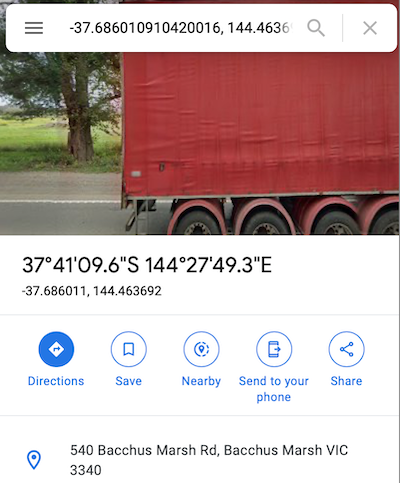


Clive was born at Mordialloc, VIC on the 9th of February 1896 to Charles William Hopkins and Julia Mahoney. He is the grandson of Cornelius Mahoney who had another grandson, John McFarlane, who is also remembered in the Avenue.
Clive was at the Royal Military College, Duntroon in the Federal Capital Territory when he was appointed a Lieutenant(2) in the AIF, 13th Battalion on the 3rd of November 1914, aged just 18 years and 9 months. He embarked aboard the HMAT A38 Ulysses in December, disembarking in Egypt in February 1915.
Clive landed at Gallipoli on the 25th of April 1915. In July he was promoted to Temporary Captain and a month later was wounded in action - a bullet struck his revolver and pieces of it entered his body - and was admitted to hospital in Egypt. He was again hospitalised in September with enteric fever. In February 1916 Clive was promoted to Captain and also received a Mention in Despatches(1) for his good work in the August operations
. He transferred to the 45th Battalion in March and shortly after was seconded to the 14th Infantry Brigade as a Staff Captain. In June he embarked from Egypt.
A month after disembarking at Marseilles, France he was seconded to command the 14th Light Trench Mortar Battery. Clive was killed in action on the 20th of July 1916 during the Battle of Fromelles.
Captain Clive Boyer Hopkins was one of the original subalterns of this Battalion. He landed at Gallipoli on 25th April 1915 in command of No. 16 Platoon of
Source: Major Marks, 13th BattalionDCompany, and fought with conspicuous dash throughout the series of operations at the head of Monash Gully in April, May and June of that year. During the advance on the left on the night 6/7th August 1915, his Company (which he then commanded) led the Brigade advance and was first into position as left flank guard of the northern assaulting column. Frequently, during this advance he went forward ahead of the screen to make a personal reconnaissance of the ground to be covered.
He was wounded on the 10th August 1915, while going the rounds of his trench overlooking KIAIJICK AGHALA(3) [Hill 60].
He was promoted to T/Captain 19th July 1915, Captain 20th February 1916 and was transferred to 45th Battalion on the formation of that unit in March 1916.
Cool in action, brave to a fault, one cannot speak too highly of the work and soldierly qualities of Captain Hopkins. Popular alike with Officers and men, he combined the gift of leadership with cool hard calculation of the trained mind.
Capt. Hopkins was an officer in the original 13th Battalion.
Source: Major S L Perry, 45th Battalion
He landed with the Battalion on 25th April 1915 and during the heavy fighting at Quinns Post, Popes Hill, and Dead-man's Ridge, Captain Hopkins by his brilliant leadership, valour, and self deniance earned the greatest respect and confidence of the whole Battalion.
During the August operations Capt. Hopkins again excelled himself. His coolness and leadership enabling him in one particular instance to avert what might have been a most serious reverse. For his good work in the August operations he was mentioned in Dispatches. Unfortunately Captain Hopkins was seriously wounded on August the 12th.
He rejoined the 13th Battalion about the middle of January. He was transferred over to the 4th Battalion on the 4th March 1916, and remained with the 45th until the end of March when he was appointed Staff Captain 14th Brigade.
As an instructor he proved himself a most capable and sound officer.
Clive is buried in the Rue-Du-Bois Military Cemetery, France.
He is listed on the Bacchus Marsh & District Roll of Honour. He is also remembered at the Duntroon Memorial Stones , Duntroon Military College, Canberra, at St. John's Church Memorial Stone, Canberra and the Bacchus Marsh Holy Trinity Church memorial window.
Tree Position (accuracy ±1 tree) -37.68328693132808, 144.46046770431366





Last updated by lee, Tue, 11 May 2021 13:41:35